Mythical animals, such as minotaurs, chimaeras, and basilisks, have been around since the ancient Greeks and Romans, and they continue to appear in our stories today. The notion of the abnormal has always captivated and caught the interest of humanity, as it still does today. No civilization in the world is immune to the lure of inventing terrifying tales about monsters that stalk the night and prey on humanity.
As a result, terrible animals and creatures may be found in the mythology of every region and culture. Given Asia’s rich cultural history and legacy, it’s no wonder that the continent’s many countries collectively produce a stunning and awe-inspiring array of monsters. Here is a collection of 9 scary mythological Asian creatures, ranging from Chinese devils to Korean ghosts, that you may use as bedtime stories or eerie stories to share over the campfire if you’re courageous enough.
Krasue
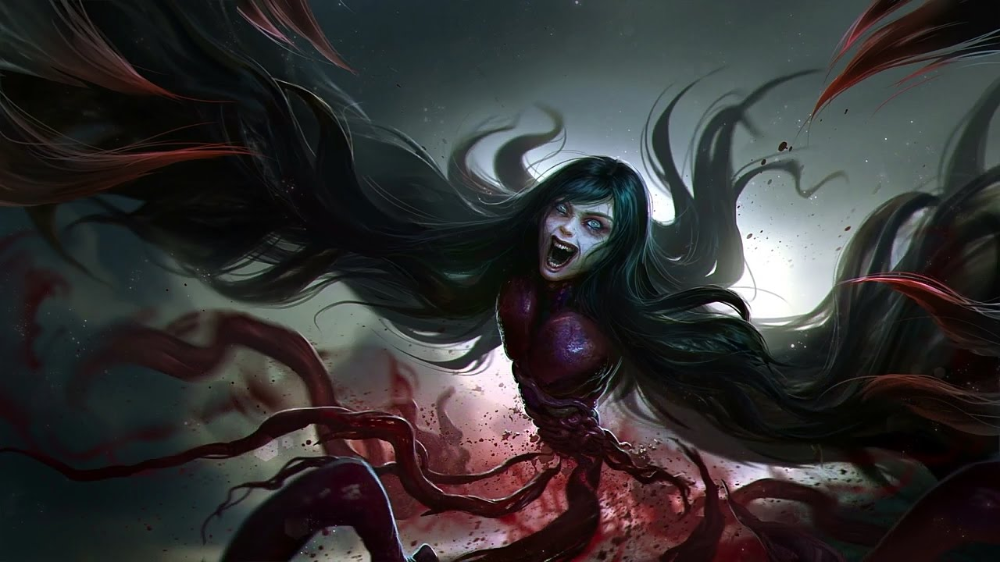
In Southeast Asian legend, Krasue is a nighttime ghost or female spirit. In Cambodia, she is known as Ap, while in Laos, she is known as Kasu. She lives as a regular person during the day by inhabiting a stolen body, but at night, she changes into her real form and stalks her target.
She manifests the form of a beautiful, young woman, but her organs hang in the air below her neck –with her bloody guts, heart, and stomach visible to the naked eye. Her head becomes detached and hovers in the air. The Thai ethnographer Phraya Anuman Rajadhon believes that her spirit is accompanied by an eerie glow.
The Krasue’s curse is that she is always hungry and must eat any flesh she may find, whether human or animal. To stay surviving, she must also reclaim the kidnapped corpse before daylight. The Krasue has its origins in Khmer culture. A young Khmer princess was meant to marry a Siamese nobleman, but she fell in love with a guy who was not from a wealthy family. She was sentenced to death by fire after being captured with her lover.
The princess had a spell put on her to protect her body from the flames, but the impact of the magic was delayed, and she burnt until only her organs and head remained. That is how she became the Krasue. There are three ways to kill a Krasue: the stolen body must be destroyed and replaced by another body when the Krasue is hunting at night, the hunter must make sure she can’t find the body in the morning, or they must cut off her intestines. The Krasue is a popular figure in Malaysian, Indonesian, and especially Thai cultures, and she is the reason why Thais don’t like to leave things outside or travel at night.
Manananggal
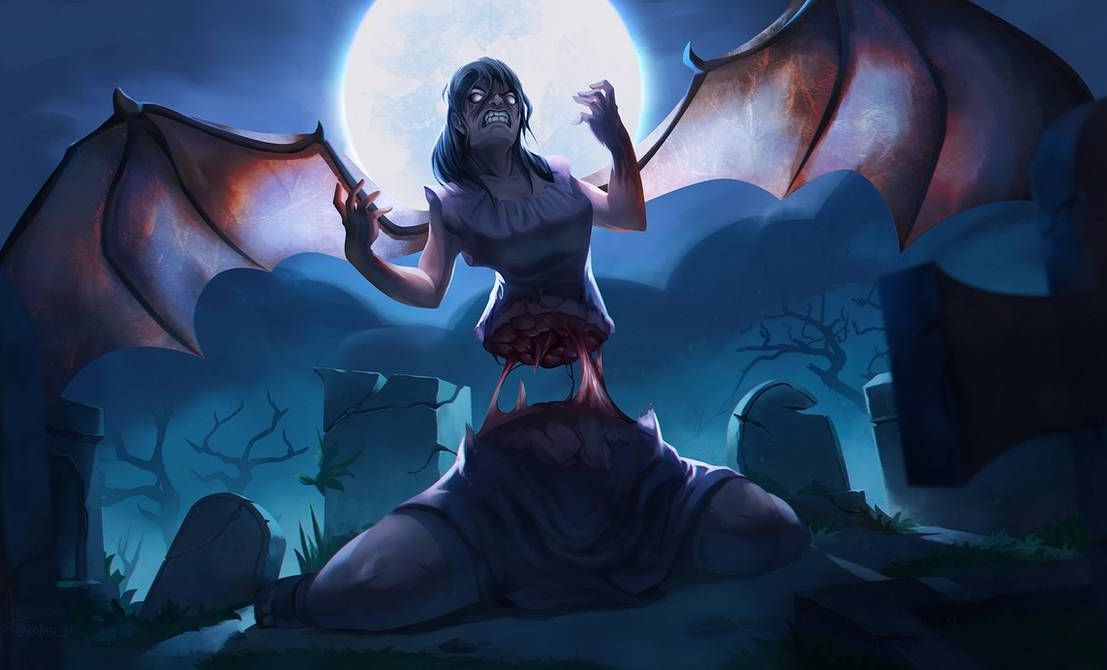
The Manananggal is a mythological monster from the Philippines that resembles a vampire. Manananggal is derived from the Tagalog term tanggal, which means “to separate” or “to remove.” The Manananggal appears as a monstrous and ugly lady capable of separating her upper and lower torsos.
It can also grow wings like a bat, and it uses them to fly around in search of victims, but the most horrifying part about the Manananggal is that when it flies, its severed lower torso trails behind it, very loosely joined to the upper torso only by its guts and intestines. The Manananggal’s hair is wild and unkempt, she has wide eyes, her fingers can turn into claws, and her teeth can turn into fangs.
The Manananggal preys on sleeping, pregnant mothers, sucking out the hearts of the foetuses with its teeth. It also targets newlyweds and in love couples. It takes the form of a lovely woman when it preys on men. Keep pots of uncooked rice, salt, or ash outside to deter a Manananggal from entering your home. Manananggals, like vampires, are sensitive to salt and garlic, and they avoid knives, light, stingray tails, and vinegar.
To kill a manananggal, you have to wait until its torso is separate and then sprinkle salt or garlic on the lower part so they can’t reattach to each other anymore. Then, once the sunlight touches the Manananggal’s body, she will die. The myth of the Manananggal is most popular in the Philippines, but it is also found in Indonesia and Malaysia.
Tiyanak
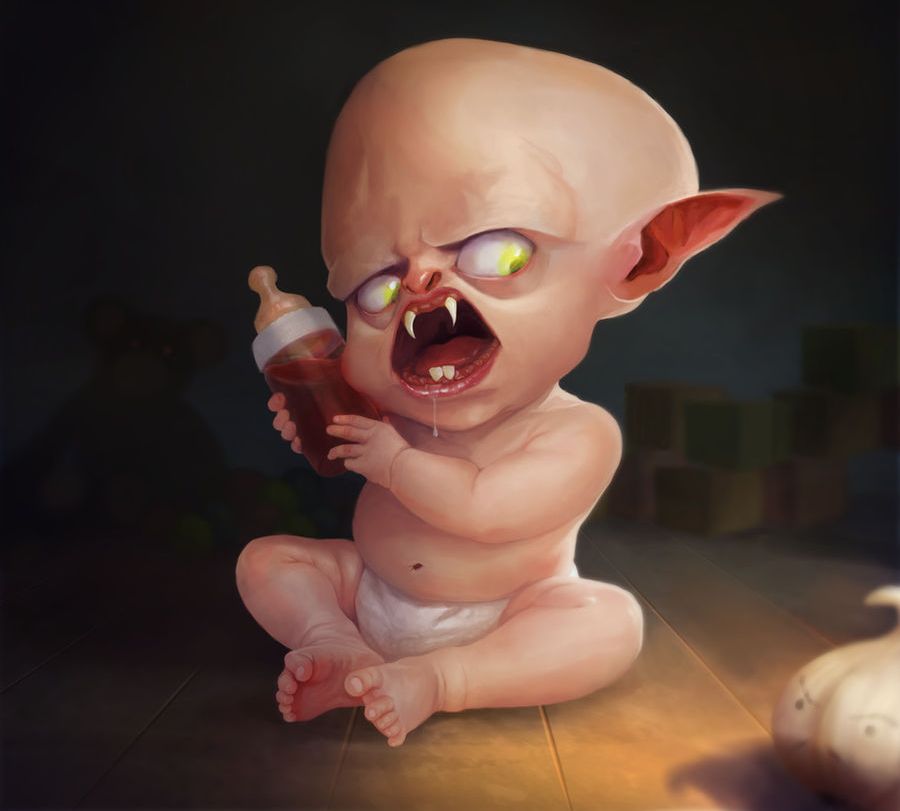
Tiyanak is a vampire-like creature from Philippine folklore, however this monster is notorious for imitating the look and shape of a young kid in order to entice its victims before attacking them. It generally dresses up as a vulnerable and innocent newborn kid abandoned on the side of the road and cries out loudly to draw the attention of passers-by in forests or other deserted locations.
Tiyanaks try to trick someone into picking them up, but once they are picked up, they return to their true forms and attack them.
Their real shape is depicted in Tagalog and Bicolano mythology as a tiny, bald-headed goblin with red eyes, sharp teeth, and ears, and unequally sized legs (the right one being longer than the left). The infant is said to have claws and teeth in some stories.
According to another tale, the Tiyanak in its real form resembles an elderly man with wrinkled skin, a lengthy beard, and a moustache. Another version of the Tiyanak gives it wings and shape-shifting powers, allowing it to turn into a bird at command. The origins of the Tiyanak are explained in a variety of ways. In one version, the Mandayas of Mindanao believe that it is the spirit of a child whose mother died during or before childbirth.
After the Philippines was colonized by Spain in the 16th century, this myth was incorporated into Christianity and according to the Christian version, Tiyanaks are the souls of children who died before being baptized. Today, the contemporary version in the Philippines, is that Tiyanaks are the souls of aborted fetuses seeking revenge.
Blemmyae
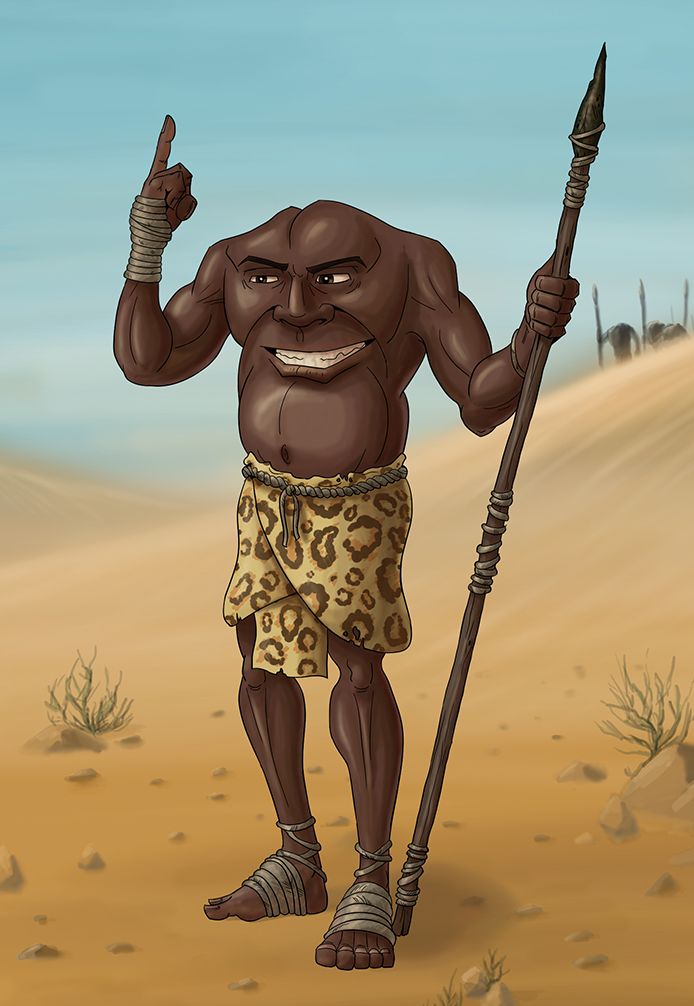
Blemmyae, also known as Sternophthalmoi or “Chest-Eyes,” is a headless African tribe with their faces situated in the centre of their chest. They are most commonly associated with Greek mythology, although they can also be found in other civilizations. They were believed to be inhabitants of ancient Libya or Ethiopia and later traditions shifted their location to India and its surroundings.
Their shoulders are hairy, their ears are hidden behind their armpits, their noses protrude from their sternums, and their mouths are buried in their stomachs. Blemmyae are divided into two types: those with eyes on their chests and those with eyes on their shoulders.
They appear abnormally hideous in general. They are supposed to have superhuman strength and endurance, but poor disease immunity. They are usually submissive and take orders from others. They are also colorblind and tone deaf, which makes them immune to sound or music based magic. Their depth perception is also skewed because of odd placement of their eyes. However, they are also known to be extremely polite and courteous and don’t usually have evil intentions.
Hastar
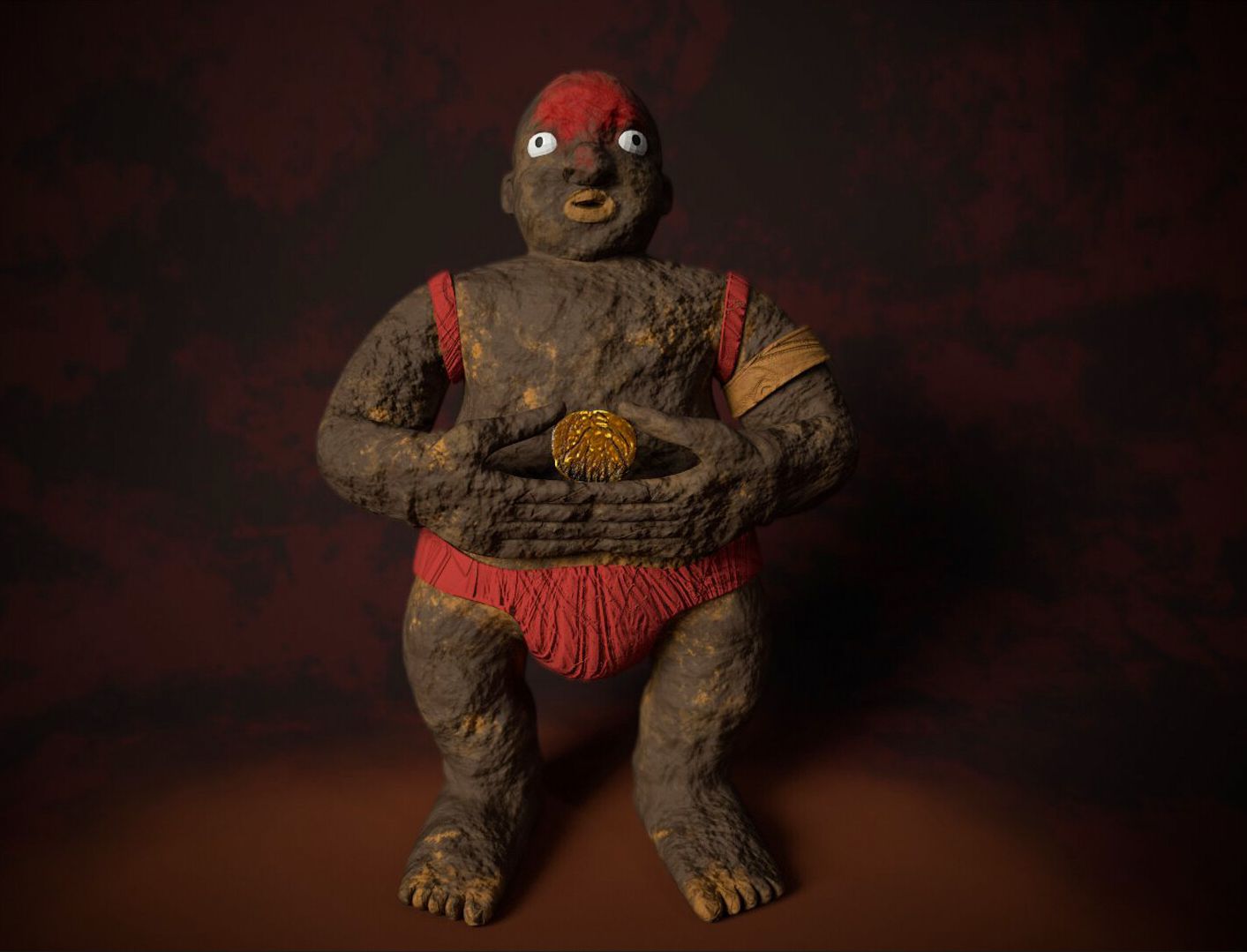
In Hindu mythology, Hastar is a fallen deity who has turned into a monster. Tumbbad, a 2018 Indian film, starring him. According to the film, the Goddess of Prosperity, who was the mother of roughly 160 million gods and goddesses, created the universe.
Her firstborn was Hastar. He was her favourite child, but he was also the most wicked. Since the Earth was her womb, the Goddess of Prosperity possessed infinite wealth and gold reserves, but Hastar was selfish and greedy and wanted all of it for himself. But when his mother gave him access to the gold, all his siblings attacked him and open war was declared.
To protect his son from the attacks, the Goddess of Prosperity hid her son in her womb to save his life but Hastar’s life came at a steep price. No one would ever know of him or worship him. His name would be erased from all the texts and his memory was going to be removed from existence.
There is no known source or reference of Hastar in Hindu mythology, which is in line with the movie’s theme — he was to be forgotten by man for all eternity, with no traces of him remaining. In the movie, Hastar is depicted as wearing a purse with infinite gold coins and according to the movie, greed and misfortune befalls everyone who worships him, generation after generation, bringing ruin to endless lives and families.
Tikbalang
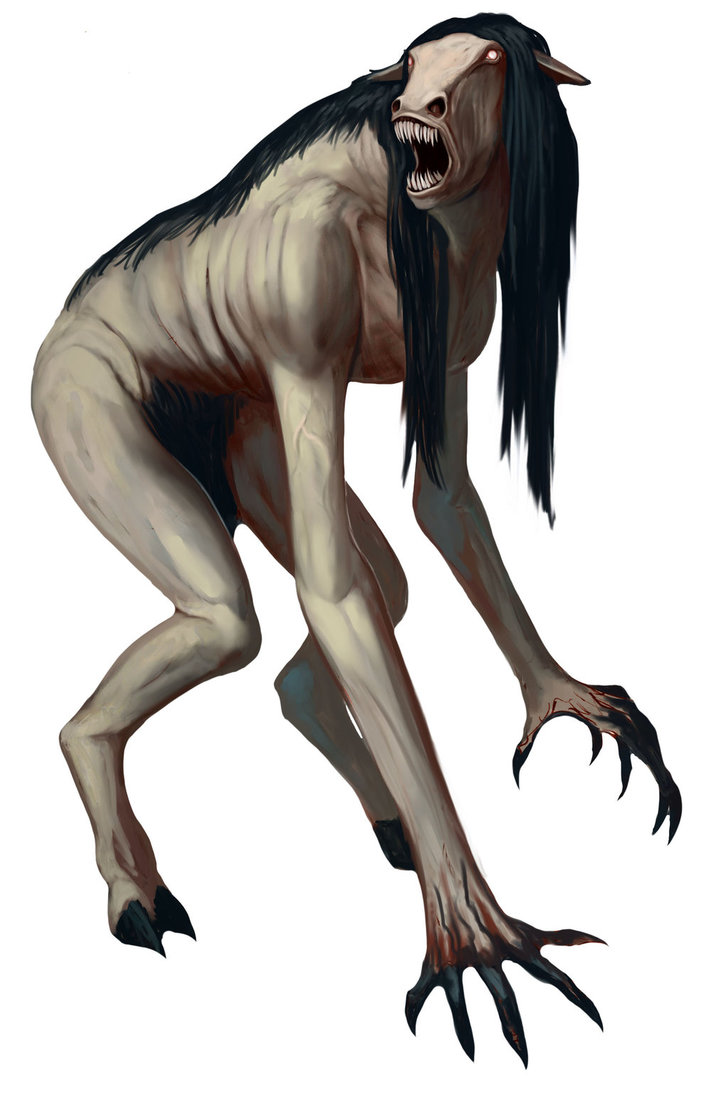
Tikbalang is a humanoid monster that has been reintroduced to Philippine folklore. It’s a bipedal creature with a horse’s head and hooves and human legs that are unusually long and thin. It may be found in the Philippine highlands and jungles.
In Filipino culture, tikbalangs are the tricksters. They are cunning and like scaring or tricking visitors into losing their route so that they can never find their way back – no matter how hard they try or how fast they go. They are also believed to possess shape shifting abilities which they use to turn into humans to pretend to help lost strangers while actually leading them astray. They can also make themselves invisible to humans.
A Tikbalang can be thwarted by wearing one’s shirt inside out. Another option is to ask for permission to pass by loudly. When going through or through such abandoned regions and woodlands, the most important thing is not to upset or disturb the Tikbalang.
Tikbalangs are guards of elemental realms, according to the Tagalog of Rizal Province, who stand under the foot of big trees to protect the entrance to their kingdoms and prevent anybody from entering. They are most commonly seen in dark, deep woodland areas with little human population.
They are said to live beneath bridges, in bamboo or banana plantations, or on the tops of trees, according to legend. Some Filipino traditions believe Tikbalangs come from aborted human fetuses that came back to Earth from limbo. According to one superstition, a Tikbalang is also said to have a mane made of sharp spines and if someone can possess the thickest spine, they can use it as a talisman to keep the Tikbalang as their servant after taming them.
But taming Tikbalangs is not easy. To do that, they must be tied with a special cord and then the rider must hold tightly onto it while the beast leaps and bounds madly to try to throw the rider off to free itself. It is a lot like taming a wild horse. But once the beast is exhausted, it acknowledges defeat and the Tikbalang is finally tamed.
Mogwai/Mogui
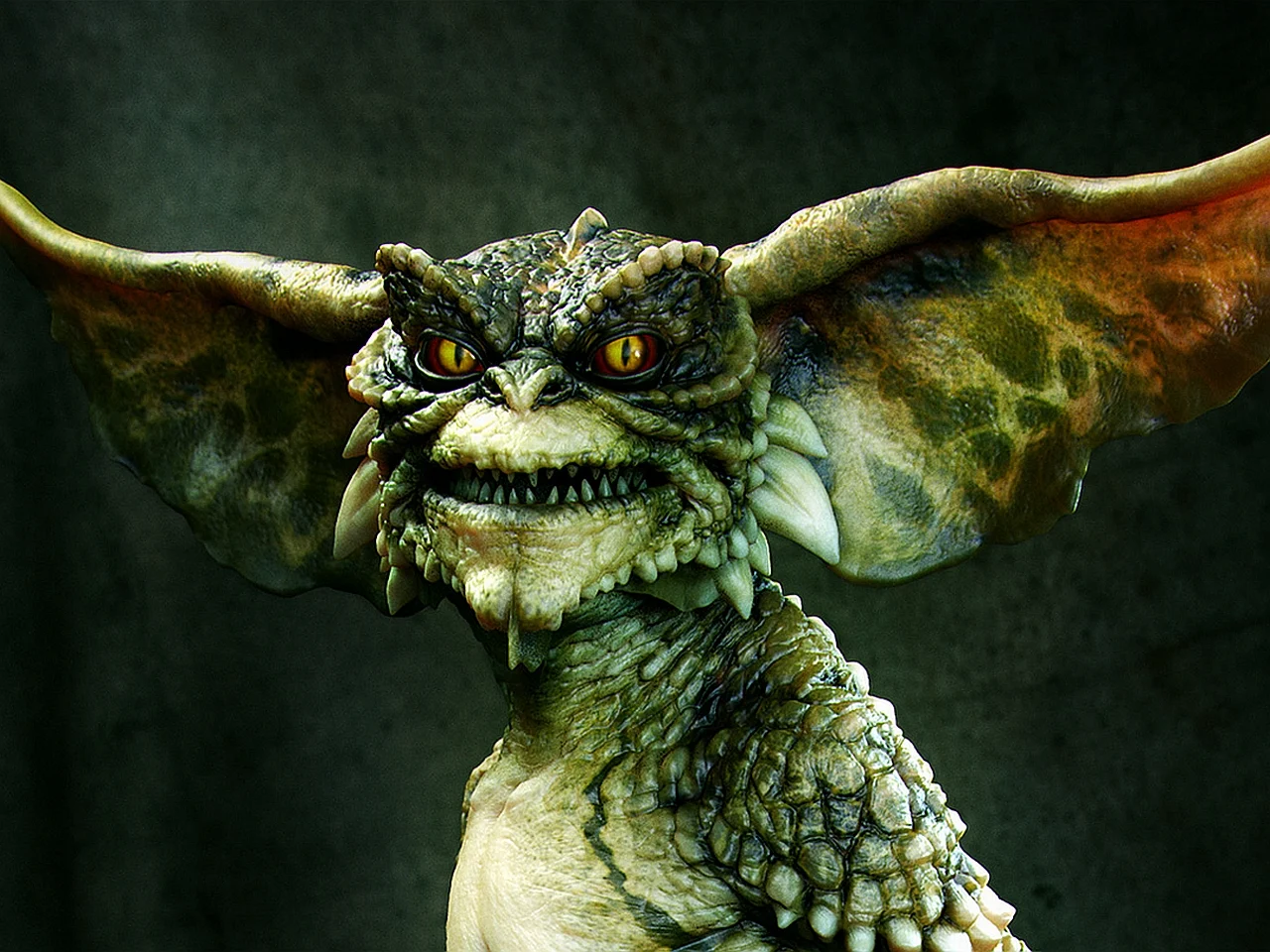
Mogwai is a Chinese monster with Chinese origins. The term is a Chinese translation of a Cantonese word meaning “monster,” “devil,” or “bad spirit.” The term “Mo” is derived from the Sanskrit word “Mara,” which means “death.”
The term “gui” broadly means souls of the dead or dead spirits but in modern Chinese its meaning has evolved to refer to the ghosts or spirits of non-family members who take vengeance on humans who caused them to suffer when they were alive.
Mogwai may look peaceful and gentle at first glance, but their actual character is far from that. Mogwai are wicked and cunning creatures who want to harm people, particularly those they have a grudge against from their past lives. They are also known to steal supplies from unassuming travelers and hide them in their secret caves.
During mating seasons, which are heralded by the arrival of the rains, Mogwai reproduce sexually. The rains are said to represent prosperous days ahead. According to legend, ancient Chinese rulers tried to keep Mogwai as pets and wrote down the guidelines for taming them. But no such records have been found despite many years of searching.
A way to get rid of the menacing influence of a Mogwai is by sacrificing or specifically, burning paper money, so that the deceased spirit may have funds to use in the afterlife.
Pao-xiao
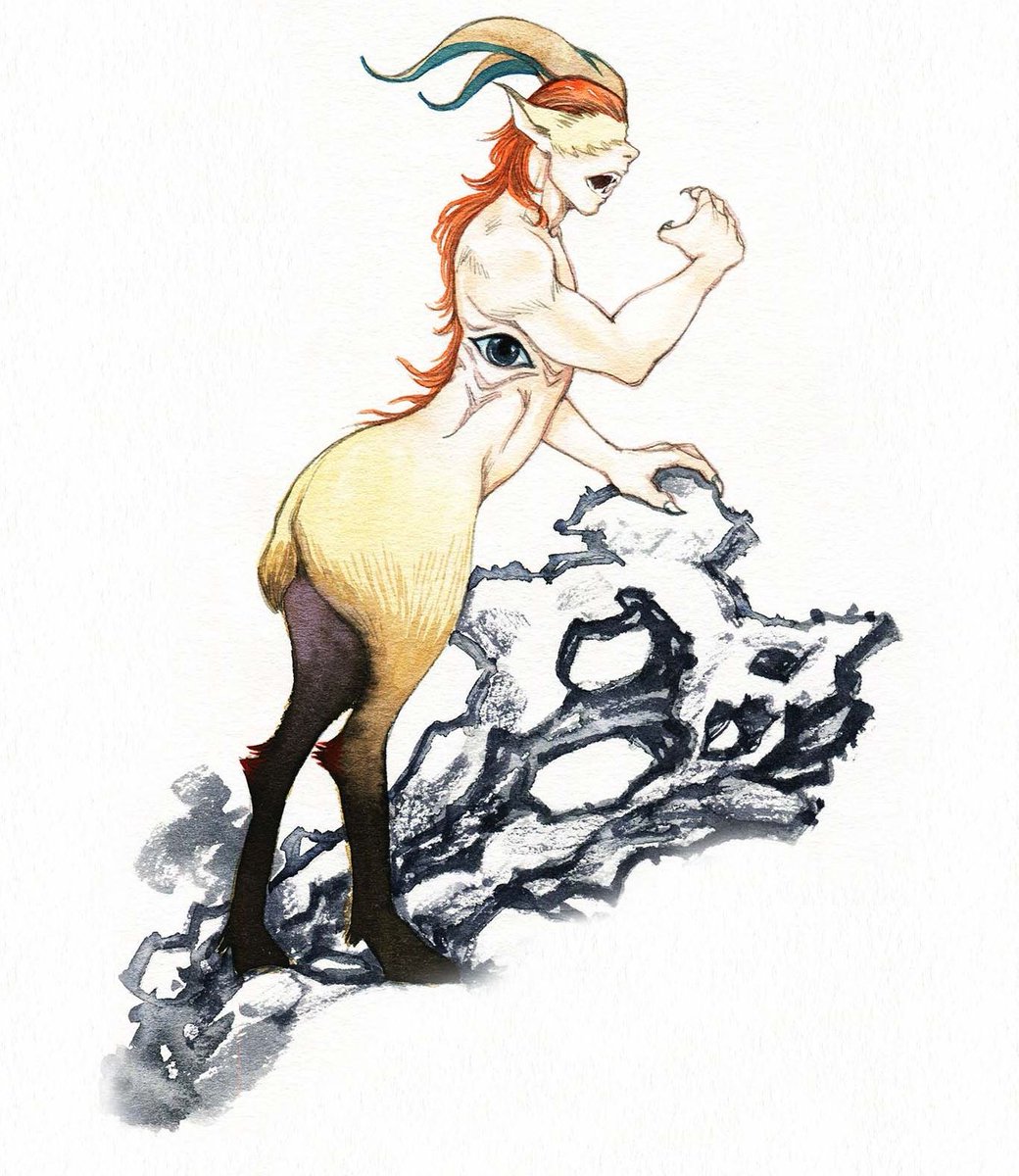
Pao-xiao is a mythological monster that originated in Chinese mythology. Its characteristics are said to be among the most terrifying of all Chinese animals. It features goat-like hindquarters, a human-like face, tiger-like fangs, and paws that resemble human hands. It has the appearance of a porcelain mask on its face. It’s androgynous and pallid.
Some believe it has yellow eyes on each flank while others believe their eyes are on their armpit. The facial expressions of Pao-Xiao are eerie and disturbing and its howls are high pitched and whiny, often resembling a child’s cries. That is how it lures its prey by tricking them into thinking it is an abandoned baby.
Pao-xiao are found in open forests and hills and are reported to be persistently predatory. It is believed that they are impossible to flee or escape from. They are renowned to ambush their victims and take their time stalking and hunting. Even their stare has the ability to immobilise a victim. Pao xiao likewise loves taking its time devouring its prey.
Most pao-xiao are believed to be greedy for riches and treasure as well as flesh, and they may also steal from travelers instead of simply eating them. They may hunt solo or in a pack. Authority in these packs is established through violent fights to determine the alpha. Pao-xiao also has an unusual reputation for enjoying gossip.
Gwisin
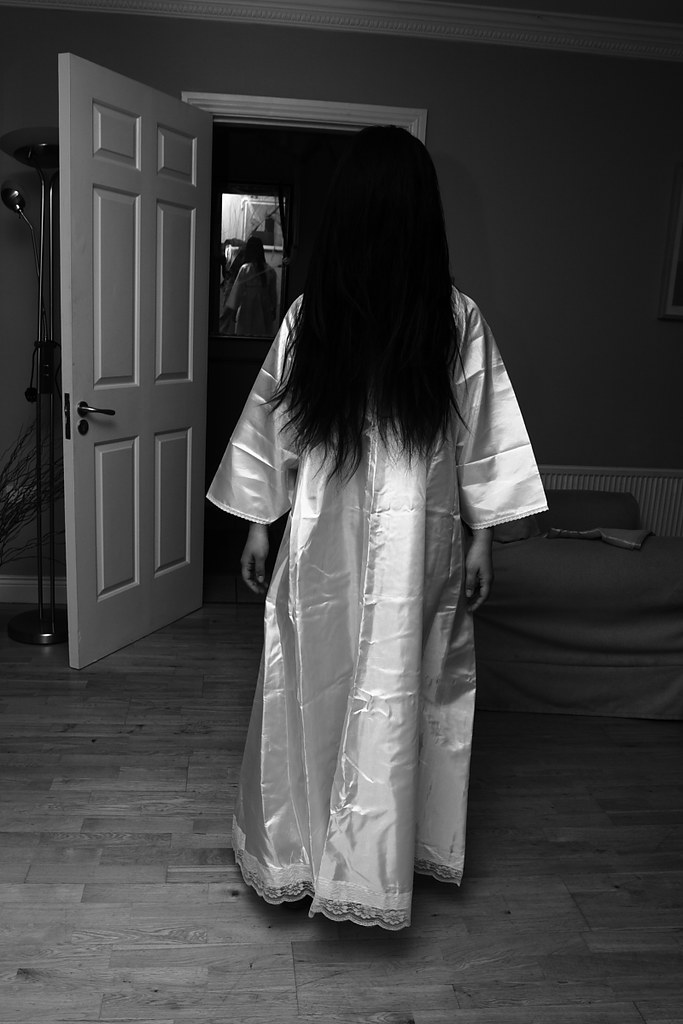
In Korean folklore, Gwisins are a sort of ghost or spirit. They are said to be the ghosts of those who have passed on. Gwisin can be discovered in a variety of locations, although they are most commonly seen in old, abandoned buildings, cemeteries, schools, and woods.
Because Gwisins are such a popular species of creature, there are several legends about them. Most tales about Gwisin involve revenge and vengeance. Some of the more famous Gwisin legends are the Virgin Ghost or Cheonyeo Gwisin, the Egg Ghost or Dalgyal Gwisin and the Water Ghost or Mul Gwisin.
Gwisin are typically portrayed as transparent beings that float in mid-air without legs. Female Gwisin are often dressed in a white hancock, a traditional Korean burial gown. They are generally faceless and have long black hair. The advent of Gwisin is signalled by a shift in the atmosphere, which includes a dip in temperature, chilly wind or breezes, and fog or mist.
There are a variety of reasons why a Gwisin roams the world. They may have unfinished business, be suffering from remorse, or be seeking vengeance against someone who has wronged them. A Gwisin’s power and maliciousness are determined by their personality; not all of them are evil or desire to harm humans, but aggressive Gwisin are capable of harming anybody who gets in their way.
Gwisin can appear in a number of ways. They may appear as their true form, they may appear floating or standing still facing their victim and even in photos, films, dreams, reflections. Gwisin also has the ability to move objects to attract the attention of their victims.
They often make objects fall, change places of things, cause things to go missing, turn switches on and off, move hands of clocks and can even initiate physical contact by pulling someone’s hair or clothes. Over time, Gwisin becomes stronger and their ability to interact with objects on the human plane improves. The older the Gwisin is, the more disturbance and damage it can cause.
